Approach


pick up the usb dongle
push in the connector
pick up the mug
hand over the mug
pick up the wine bottle
uncork the wine
pick up the saucepan
open the saucepan
Selecting an appropriate decomposition is key to meaningful part-level semantic and task-utility reasoning. The slider shows decomposition results at different thresholds on the "sunglasses" object. At our heuristic selected threshold, the assigned semantic labels and selected part are aligned with the ground truth.
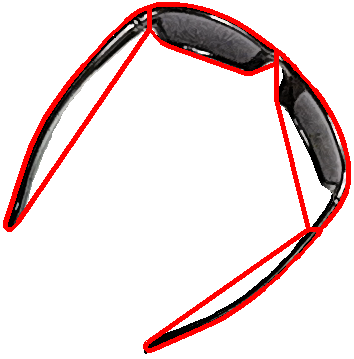
Selected Threshold
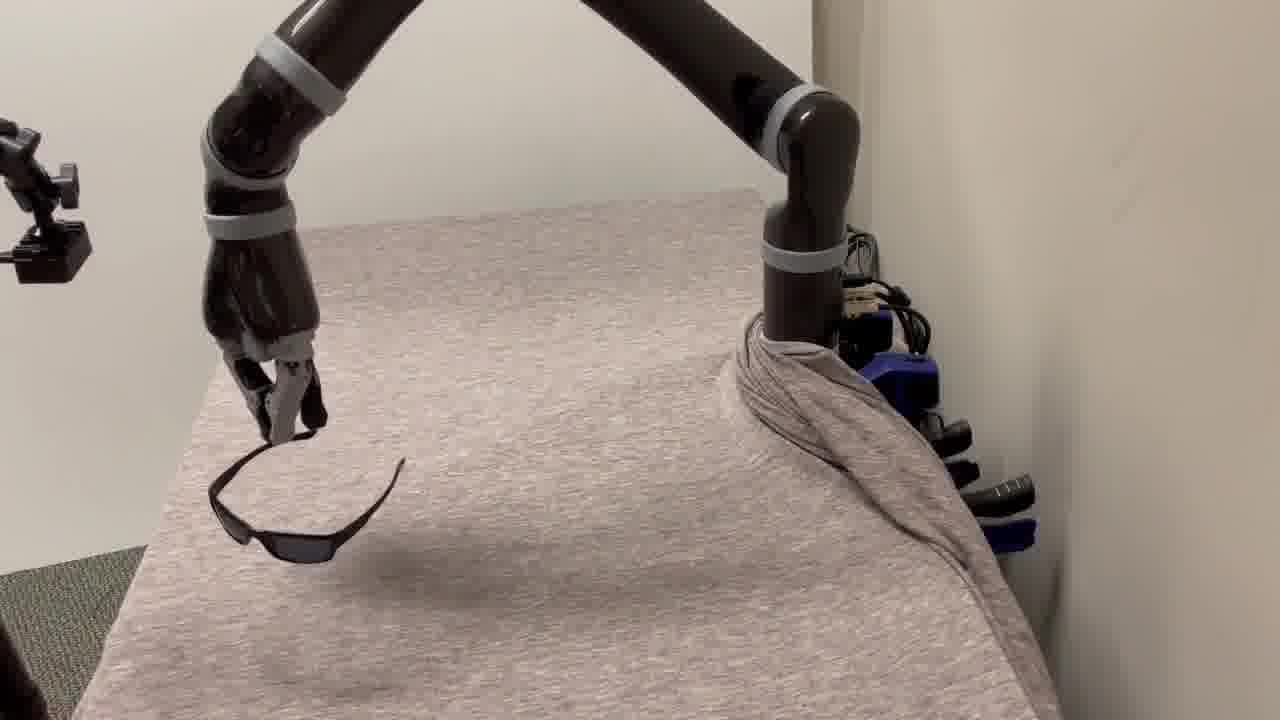
Final Grasping Attempt
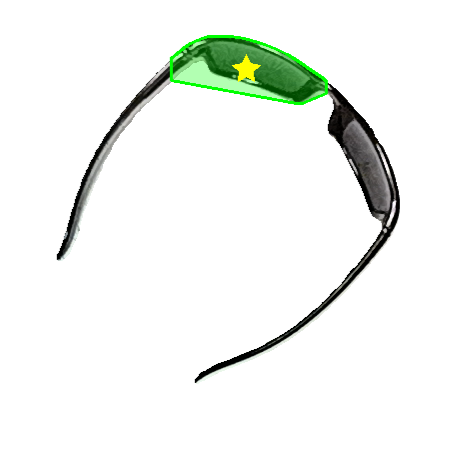
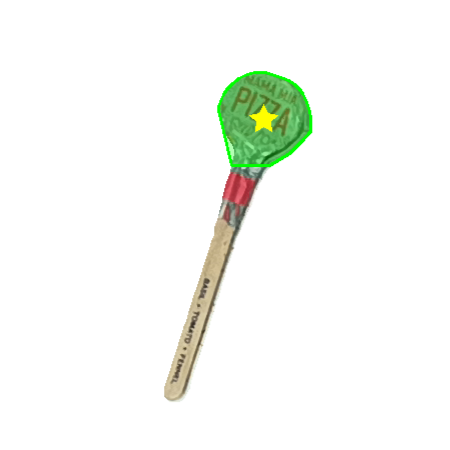
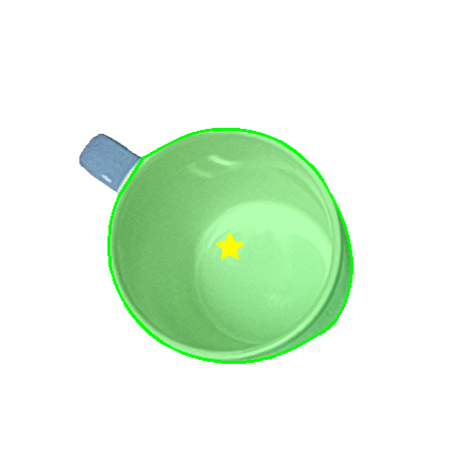
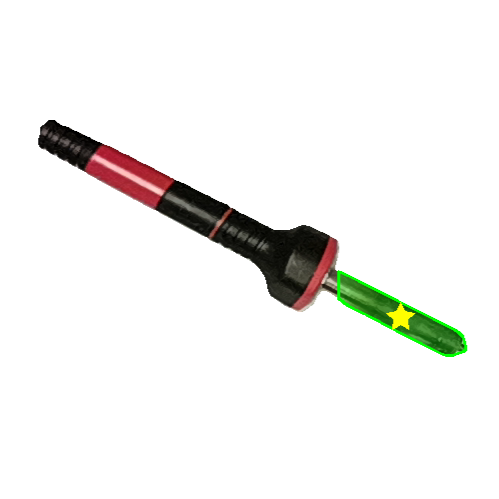
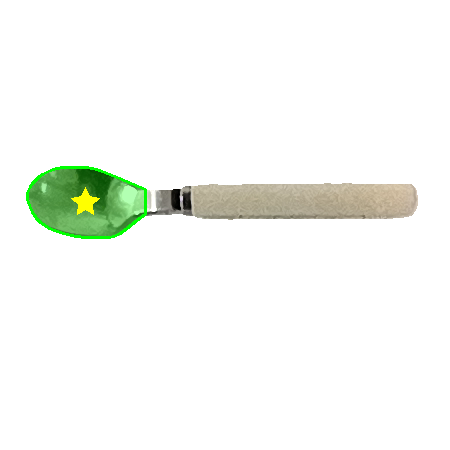
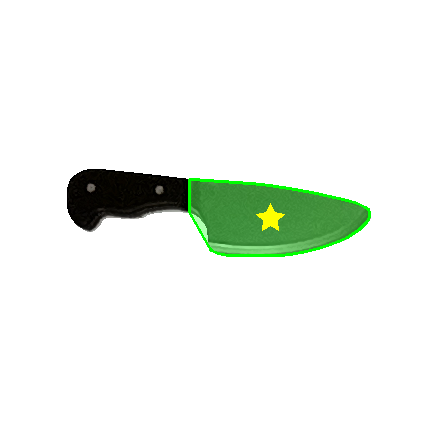
Understanding the affordances and properties of objects and parts is important in the task-oriented part selection. Here, we ask the LLM affordance-based questions that it responds using our object graph.
@article{Li2024ShapeGraspZT,
title={ShapeGrasp: Zero-Shot Task-Oriented Grasping with Large Language Models through Geometric Decomposition},
author={Samuel Li and Sarthak Bhagat and Joseph Campbell and Yaqi Xie and Woojun Kim and Katia P. Sycara and Simon Stepputtis},
journal={2024 IEEE/RSJ International Conference on Intelligent Robots and Systems (IROS)},
year={2024},
pages={10527-10534},
}